Sepsis is an emergency – act fast
Sepsis is an emergency, like heart attack, stroke, or multiple trauma.
We’ve all suffered infections. However, if you think you have an infection, and something feels very wrong - particularly if you have never felt so unwell before - you may have sepsis. Ensure you seek medical attention urgently if you have one of the following symptoms:
Slurred speech or confusion
Extreme shivering or muscle pain, fever
Passing no urine in a day
Severe breathlessness
It feels like you’re going to die
Skin mottled or discolored (including the type of rash associated with meningitis)
Your chances of survival depend to a large extent on receiving successful treatment for the infection that led to sepsis, as quickly as possible. As the infection that led to sepsis is sometimes unknown, you’re likely to receive broad-range antibiotics first, and more specific antibiotics once the source of your infection has been found. As the search for the source of your infection can take some time, every minute in diagnosing sepsis early counts.
Every minute counts!
Once in a hospital, a trained physician will usually take the following steps, known as the Sepsis Six:
Give oxygen to keep your blood oxygen levels normal
Take blood cultures
Give IV antibiotics
Start IV fluid resuscitation
Check lactate
Monitor hourly urine output accurately
More information on how to treat sepsis is available in our pocket cards for medical professionals - a quick and free download in the WSD Toolkit Section.




